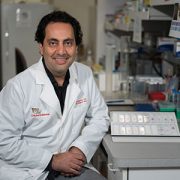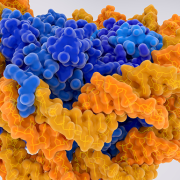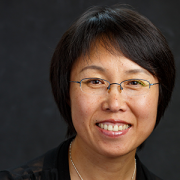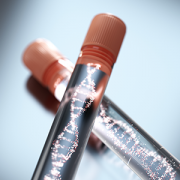Private foundation and researchers partner to cure childhood cancers
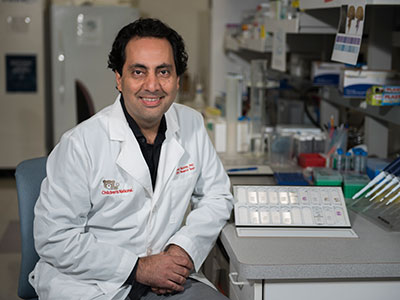
Researchers nationally and internally stand the best chance of fulfilling Gabriella Miller’s dream of curing childhood cancers by effectively working together, says Javad Nazarian, Ph.D.
“Thank you for helping me reach my goal.” The handwritten note was penned by Gabriella Miller, a patient treated at Children’s National Health System who ultimately succumbed to an aggressive form of pediatric brain cancer.
Gabriella, then 9 years old, dreamed of curing childhood cancer, including diffuse intrinsic pontine glioma (DIPG), the aggressive pediatric brain tumor that took her life.
Attendees will gather April 14, 2018, for an annual gala held by the Smashing Walnuts Foundation – a group Gabriella started – to celebrate their progress on achieving her goal and to chart future strategic approaches.
“While this foundation was the brainchild of a single person, researchers nationally and internally stand the best chance of fulfilling her dream by working together more effectively,” says Javad Nazarian, Ph.D., M.S.C., the gala’s main speaker. Nazarian is scientific director of Children’s Brain Tumor Institute and is scientific co-chair of the Children’s Brain Tumor Tissue Consortium.
To that end, Children’s National was named a member of a public-private research collective awarded up to $14.8 million by the National Institutes of Health (NIH) to launch a data resource center that cancer sleuths around the world can tap into to accelerate discovery of novel treatments for childhood tumors.
This April, the NIH announced that researchers it funded had completed PanCancer Atlas, a detailed genomic analysis on a data set of molecular and clinical information from more than 10,000 tumors representing 33 types of cancer, including DIPG.
And this January, the NIH announced that it would accept applications from researchers performing whole-genome sequencing studies at one of its Gabriella Miller Kids First research program sequencing facilities. The centers will produce genome, exome and transcriptome sequencing.
Expanding access to these growing troves of data requires a close eye on nuts-and-bolts issues, such as securing sufficient physical data storage space to house the data, Nazarian adds. It’s essential for research teams around the world to have streamlined access to data sets they can analyze as well as contribute to.
“In addition to facilitating researchers’ access to this compiled data, we want to ensure that patients and families feel they are partners in this enterprise by also offering opportunities for them to share meaningful clinical data,” Nazarian says.
Nazarian has been instrumental in expanding the comprehensive biorepository at Children’s National, growing it from just a dozen samples six years ago to thousands of specimens donated by patients with all types of pediatric brain tumors, including DIPG.
“We are so grateful to our patients and families. They share our passion for finding cures and validating innovative treatments for pediatric cancers that defy current treatment. They provide funding through their foundations. Families touched by tragedy offer samples to help the next family avoid reliving their experience,” Nazarian says. “It is in their names – and in Gabriella’s name – that we continue to push ourselves to ‘crack the cure’ for childhood brain cancer.”


